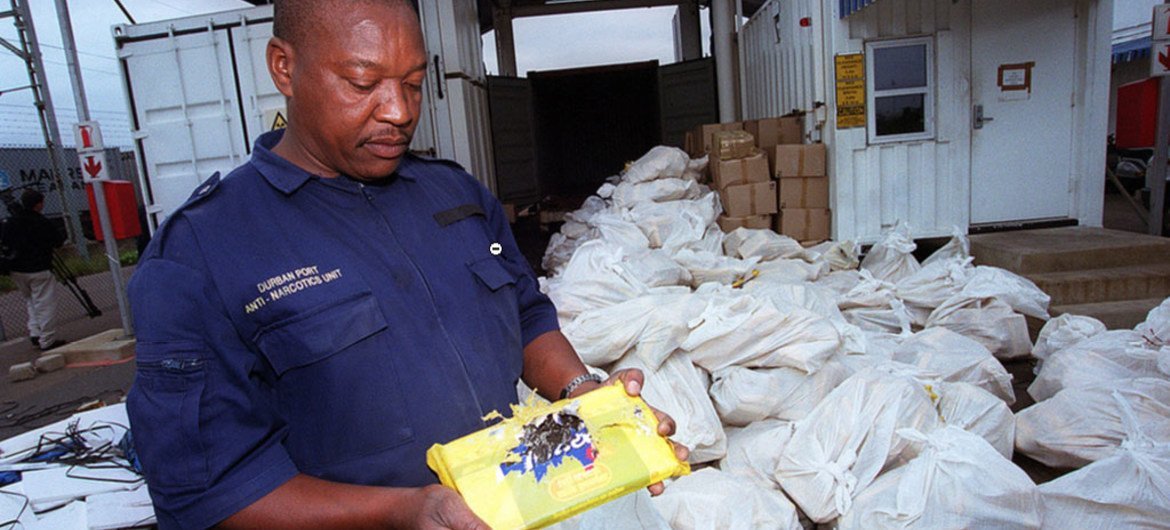Trafficking routes, which traverse through conflict zones and regions with weak rule of law, from Haiti to the Levant and the Golden Triangle, are exacerbating instability worldwide.
Monitoring the Global Illicit Drug Trade
The commission’s session, running from 10 to 14 March, involves over 2,000 participants and 179 side events. It provides a platform for global experts to assess the narcotics trade amid growing concerns over opioids like fentanyl. Despite the challenges, significant progress has been made through collaborative operations.
UNODC plays a critical role in supporting over 180 border control units in 87 countries to intercept drug flows. In 2024, seizures facilitated by the UN included 300 tonnes of cocaine, 240 tonnes of synthetic drugs, and 100 tonnes of precursors. Ms. Waly emphasized the importance of backtracking investigations that unite law enforcement and prosecutors from source, transit, and destination countries.
Access the opening session here.
A Shifting Black Market
Waly also pointed out the emerging threats in the drug landscape. Technology is drastically changing the ways drugs are sold and distributed, giving rise to a new era of black market through the dark web for synthetic drugs and precursors. Cryptocurrencies enable traffickers to move illicit profits undetected, while social media platforms are employed to promote and advertise drugs online, with a particular focus on young users and vulnerable groups.
Addressing the Most Pressing Challenge
Synthetic drugs represent one of the biggest threats, with manufacturing labs appearing in new regions and over 1,300 distinct psychoactive substances reported to UNODC. The rise of synthetic opioids of the nitazine class is particularly concerning, with 26 different substances identified. “Synthetic drugs are becoming one of the most urgent and elusive drug challenges we face, evolving daily, spreading further, and increasing in potency,” Waly stated.
Clandestine Laboratories on the Rise
secret drug production labs are sprouting in areas typically not known for synthetic drug manufacturing. The internet now serves not only as a marketplace for drugs but also as a platform for exchanging knowledge on their production. Unlike plant-based substances, synthetic drugs can be produced quickly, at a low cost, and almost anywhere in the world, making them more challenging to identify, intercept, and disrupt.

A drug seizure operation in South Africa.
Synthetic Drugs and Instability
Waly pointed out that synthetic drugs have spread across every region, causing significant issues. In the Middle East and Africa, the captagon trade, a highly addictive stimulant often used in conflict areas, is deeply intertwined with warfare. Seizures of captagon in Iraq surged by over 3,300 percent between 2019 and 2023. Large stockpiles in Syria necessititate close monitoring post-Assad. In Southeast Asia, authorities seized a record 190 tons of methamphetamine in 2023, with criminal networks exploiting the region’s porous borders to move their products.
The Commission on Narcotic Drugs was established by ECOSOC in 1946 to oversee the implementation of international drug control treaties. Learn more about it here.
Source: https://news.un.org/feed/view/en/story/2025/03/1160971







